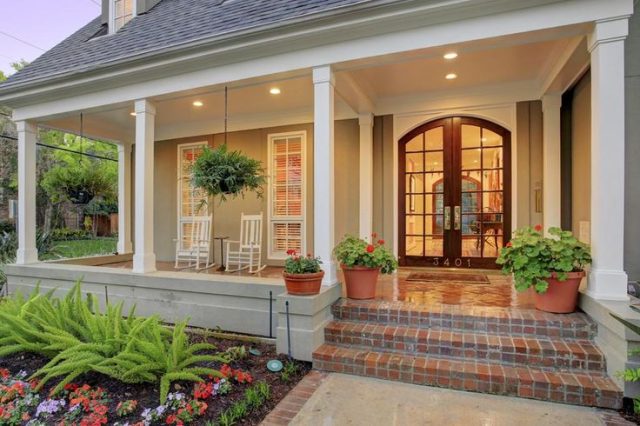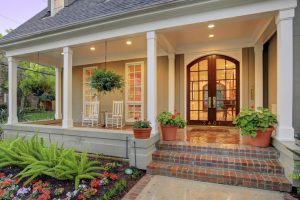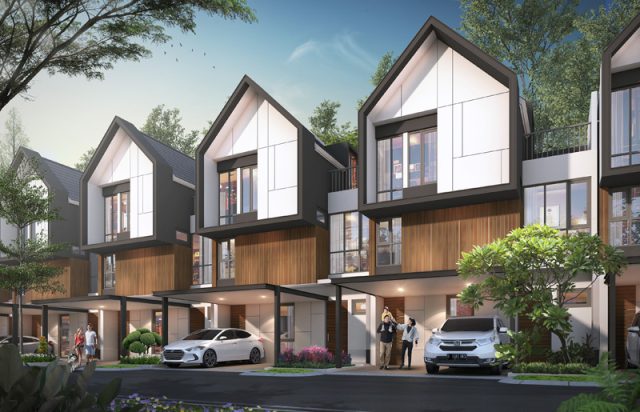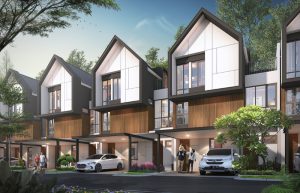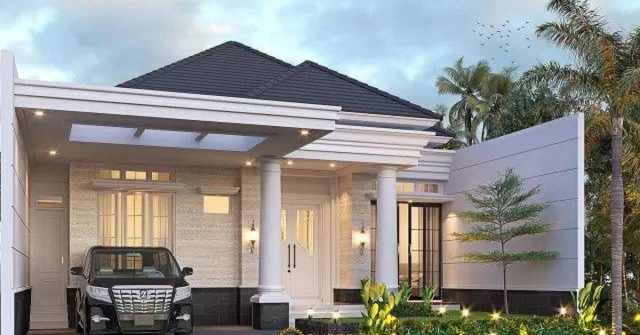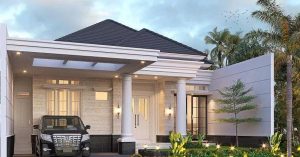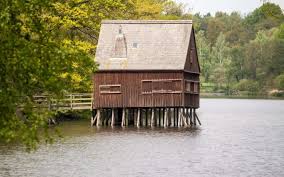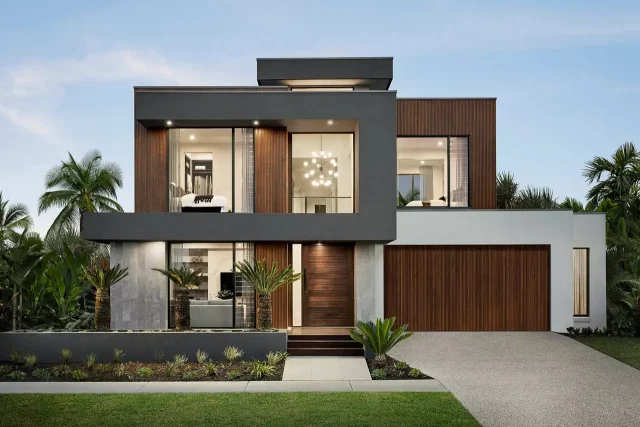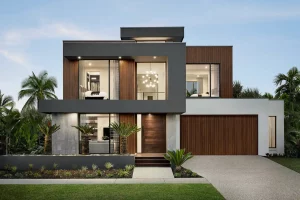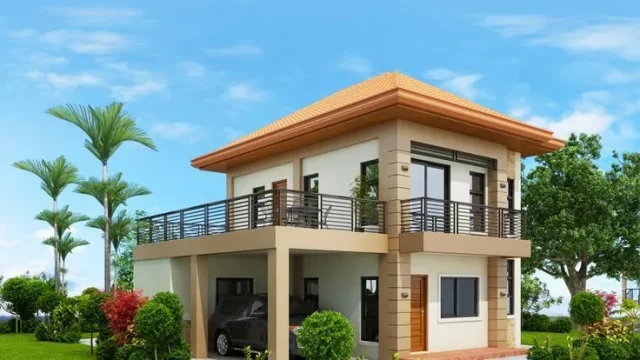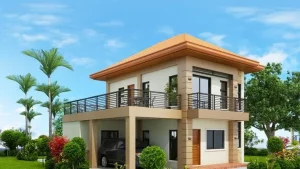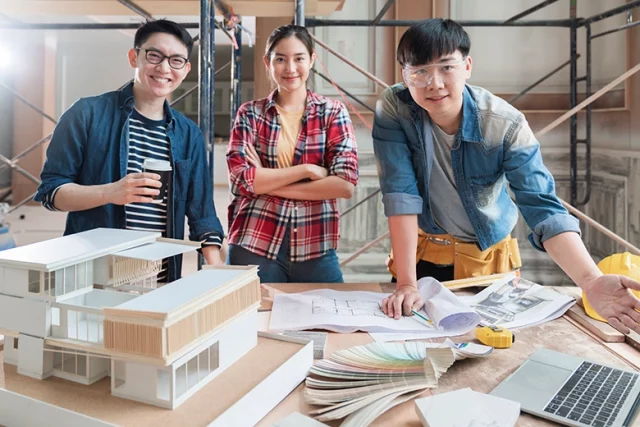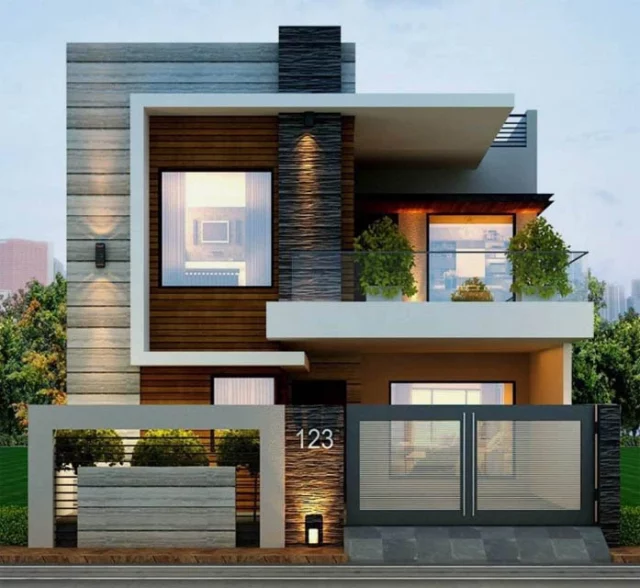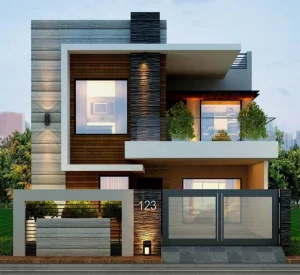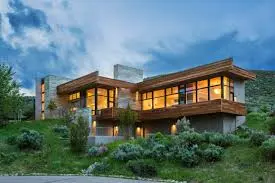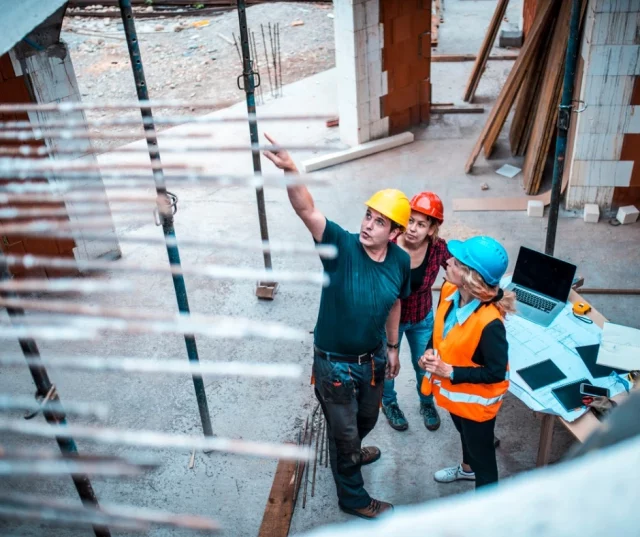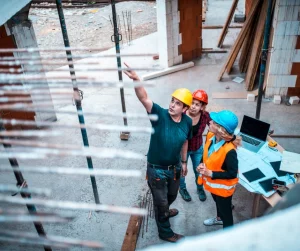Inspirasi Model Teras Rumah Terbaru yang Bikin Betah – Model teras rumah terbaru tidak hanya berfungsi sebagai area luar menarik perhatian saat tamu datang, tetapi juga sebagai cerminan gaya dan kepribadian Anda. Teras yang nyaman dan menarik secara visual dapat menjadi tempat ideal untuk bersantai dan menikmati keindahan taman kecil di sekitarnya.
Inspirasi Model Teras Rumah Terbaru yang Bikin Betah
vmiredetstva – Desain teras rumah minimalis yang semakin digemari menawarkan kombinasi sempurna antara kesederhanaan, fungsionalitas, dan estetika modern. Dengan garis-garis bersih dan desain ramping, model ini menciptakan kesan pertama yang menawan dan mengubah teras Anda menjadi ruang yang nyaman dan stylish.
Rekomendasi Model Teras Rumah Terbaru
1. Model Teras Rumah Modern
Model teras rumah modern kini menjadi favorit banyak orang berkat desainnya yang elegan dan terkini. Untuk menciptakan nuansa modern di teras Anda, coba padukan berbagai bentuk geometris seperti kotak dan persegi panjang. Tambahkan aksen tanaman kering di sudut-sudut teras untuk memberikan nuansa alami. Agar lebih menonjol, letakkan batu kecil di area teras. Kombinasi ini tak hanya meningkatkan keindahan visual, tetapi juga menciptakan suasana segar dan menyenangkan, menjadikan teras rumah Anda tempat yang ideal untuk bersantai.
Baca juga : Ide Fashion Kemeja Floral Untuk Laki Laki
2. Model Teras Rumah Desain Tertutup
Model teras minimalis tertutup sangat ideal sebagai ruang tamu tambahan, terutama di rumah dengan ukuran kecil. Dengan desain ini, Anda dapat memaksimalkan ruang dengan menjadikan satu ruangan utama sebagai ruang keluarga, sementara teras bisa berfungsi untuk menerima tamu. Untuk atap teras, Anda bisa menggunakan atap transparan yang memungkinkan cahaya alami masuk, menciptakan suasana terang dan nyaman. Solusi ini tidak hanya praktis, tetapi juga menambah estetika rumah minimalis Anda.
3. Model Teras Rumah Dominasi Putih
Warna putih sering menjadi pilihan utama dalam desain interior minimalis karena memberikan kesan bersih dan lapang. Untuk menciptakan suasana minimalis di teras, aplikasikan warna putih pada berbagai elemen, mulai dari cat dinding, jendela, hingga perabotan. Warna netral ini akan membuat teras Anda terlihat rapi dan mudah dipadu padankan dengan berbagai dekorasi. Tambahkan hiasan dari batu alam atau tanaman hijau untuk memberikan sentuhan alami yang menyegarkan. Hasilnya, teras Anda akan tampil elegan, modern, namun tetap sederhana dalam balutan konsep minimalis.
4. Model Teras Rumah dengan Pergola
Salah satu ide desain teras yang menarik adalah menambahkan pergola atau gazebo. Struktur ini tidak hanya mempercantik tampilan teras, tetapi juga menambah kehangatan dan pesona pada ruang luar rumah Anda. Pergola atau gazebo menciptakan area nyaman untuk bersantai, melindungi Anda dari sinar matahari dan hujan. Dengan demikian, teras rumah Anda menjadi tempat ideal untuk menghabiskan waktu bersama keluarga dan teman, baik siang maupun malam. Kehadiran pergola atau gazebo memberikan sentuhan estetika yang elegan dan fungsional, menjadikan teras rumah minimalis semakin menarik dan nyaman.
5. Teras Rumah Minimalis dengan Batu Alam
Teras rumah minimalis dengan sentuhan batu alam dapat menambah keindahan dan kehangatan alami pada ruang luar Anda. Kombinasi antara elemen natural dan desain minimalis akan menciptakan suasana yang harmonis dan menyejukkan.
Dengan berbagai pilihan model teras rumah terbaru ini, Anda dapat menemukan inspirasi yang sesuai untuk menciptakan ruang luar yang nyaman dan menarik!
Batu alam telah menjadi elemen dekoratif yang sangat populer untuk mempercantik rumah. Kamu dapat menggunakan batu alam ini untuk menghias area teras dengan menyusunnya sesuai dengan keinginanmu. Penggunaan batu alam tidak hanya memberikan kesan alami, tetapi juga menambah keindahan pada tampilan teras.
Baca juga : 7 Inspirasi Desain Rumah Minimalis Modern yang Memikat
Agar teras terlihat lebih menarik, tambahkan alas seperti papan kayu yang dapat memberikan kontras dan menambah daya tarik area tersebut. Kombinasi ini akan menjadikan teras rumahmu tampak lebih elegan dan selaras dengan lingkungan sekitarnya, menciptakan suasana hangat dan mengundang.
Model Teras Terbaru Gaya Bohemian
Jika kamu menyukai tampilan yang unik dan kreatif, model teras bergaya bohemian mungkin bisa jadi pilihan yang tepat. Gaya ini dikenal dengan penggunaan warna-warna cerah, motif etnik, dan dekorasi eksentrik.
Hiasi teras dengan karpet berwarna-warni, bantal-bantal bermotif etnik, serta berbagai tanaman hias untuk menciptakan suasana yang ceria dan penuh warna. Dengan sentuhan bohemian, teras rumahmu akan menjadi ruang yang hidup dan menarik, sempurna untuk bersantai dengan suasana yang penuh kepribadian dan energi positif.
Teras Rumah Minimalis Monsoon
Apabila kamu sering menghabiskan waktu bersama sahabat dan keluarga, model teras terbaru ini sangat cocok untukmu. Desain teras ini dirancang agar nyaman untuk menerima banyak tamu, menjadikannya tempat ideal untuk bersantai bersama orang-orang terkasih.
Model Teras Rumah Terbaru ala Vintage
Dekorasi vintage memiliki elemen antik yang memberikan kesan hangat pada ruangan. Biasanya, nuansa warna yang digunakan identik dengan cokelat yang lembut. Untuk menciptakan atmosfer vintage di teras, kamu bisa menambahkan pot bunga antik dan hiasan estetik lainnya.
Sentuhan ini akan memberikan karakter yang khas pada teras rumahmu. Agar tampilannya semakin menarik, padukan dengan perabotan minimalis yang tetap menonjolkan keindahan dan keanggunan. Kombinasi ini akan mewujudkan teras yang nyaman dan menawan, menghadirkan nuansa nostalgia yang menyenangkan.
Teras Rumah Minimalis Bernuansa Kayu
Kayu merupakan pilihan sempurna untuk menghadirkan nuansa alami pada teras rumah. Kamu bisa menggunakan kayu untuk lantai, dinding, dan langit-langit teras, menciptakan suasana yang hangat dan harmonis dengan alam. Selain itu, tambahkan furnitur atau dekorasi kayu, seperti kursi, meja, atau pot tanaman untuk memperkuat kesan natural di teras rumahmu.
Sentuhan kayu ini tidak hanya mempercantik estetika, tetapi juga menciptakan lingkungan yang nyaman dan mengundang. Dengan elemen kayu, teras rumahmu akan menjadi tempat ideal untuk bersantai dan menikmati waktu luang.
Model Teras Dengan Taman Gantung
Untuk memaksimalkan ruang teras, menambahkan taman gantung bisa menjadi pilihan yang tepat. Taman gantung tidak hanya memperindah teras dengan nuansa hijau yang segar, tetapi juga membantu menciptakan udara yang lebih bersih dan sejuk.
Kamu dapat menanam berbagai jenis tanaman hias, seperti tanaman merambat, anggrek, atau tanaman herbal, sesuai dengan selera dan kebutuhanmu. Dengan taman gantung, teras rumahmu akan terasa lebih hidup dan nyaman, menciptakan suasana menyenangkan untuk bersantai atau menerima tamu.
